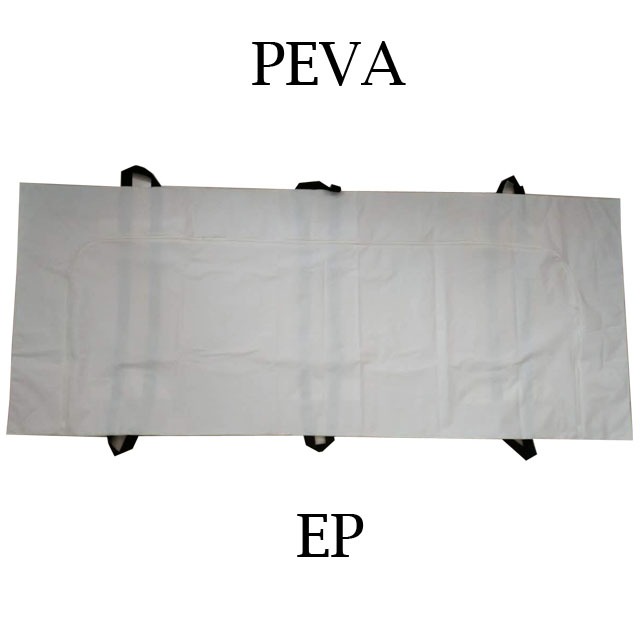When it comes to handling deceased individuals, the choice of body bag material is crucial. The right material not only ensures the safety and integrity of the remains but also respects the dignity of the deceased. Various materials are available, each with unique properties and applications. This article will explore the different materials used in body bags and their respective advantages.

1. Polyethylene
Polyethylene is one of the most commonly used materials for body bags, particularly for temporary use. It is lightweight, waterproof, and cost-effective, making it an ideal choice for hospitals and emergency services.
Advantages:
- Waterproof: Prevents moisture from affecting the remains.
- Economical: Affordable option for large-scale use, such as in hospitals.
- Lightweight: Easy to handle during transportation.
Disadvantages:
- Limited Durability: Not suitable for long-term storage or heavy-duty use.
2. Vinyl
Vinyl body bags offer a more durable alternative to polyethylene. They are often used in situations where additional strength is needed, such as in law enforcement or during transportation over longer distances.
Advantages:
- Durable: Resistant to punctures and tears, providing better protection.
- Easy to Clean: Can be wiped down for sanitary purposes.
- Flexible: Allows for easier handling of remains.
Disadvantages:
- Weight: Heavier than polyethylene, which may affect transport.
3. Heavy-Duty Nylon
Heavy-duty nylon is another option for body bags, particularly in challenging environments. These bags are designed for maximum durability and can withstand extreme conditions, making them suitable for outdoor use or disaster recovery scenarios.
Advantages:
- Highly Durable: Offers excellent resistance to wear and tear.
- Weather Resistant: Suitable for outdoor conditions, including rain and extreme temperatures.
- Reusable: Can be cleaned and used multiple times if necessary.
Disadvantages:
- Cost: Generally more expensive than polyethylene and vinyl options.
4. Biodegradable Materials
With increasing awareness of environmental issues, biodegradable body bags are emerging as a sustainable option. These bags are made from materials that break down over time, reducing environmental impact.
Advantages:
- Eco-Friendly: Helps minimize the carbon footprint associated with traditional body bags.
- Compliance with Regulations: Some regions require biodegradable options for environmental sustainability.
Disadvantages:
- Availability: May be less readily available than conventional materials.
- Cost: Often more expensive due to the use of specialized materials.
5. Specialized Body Bags
In cases involving hazardous materials or infectious diseases, specialized body bags made from reinforced materials are necessary. These bags are designed to provide maximum protection for both the remains and those handling them.
Advantages:
- Enhanced Protection: Prevents leakage and contamination, crucial for handling biohazardous materials.
- Tamper-Proof Seals: Ensures that the integrity of the remains is maintained during transport.
Disadvantages:
- Cost: Typically more expensive than standard body bags.
- Weight: May be heavier, which can complicate handling.
